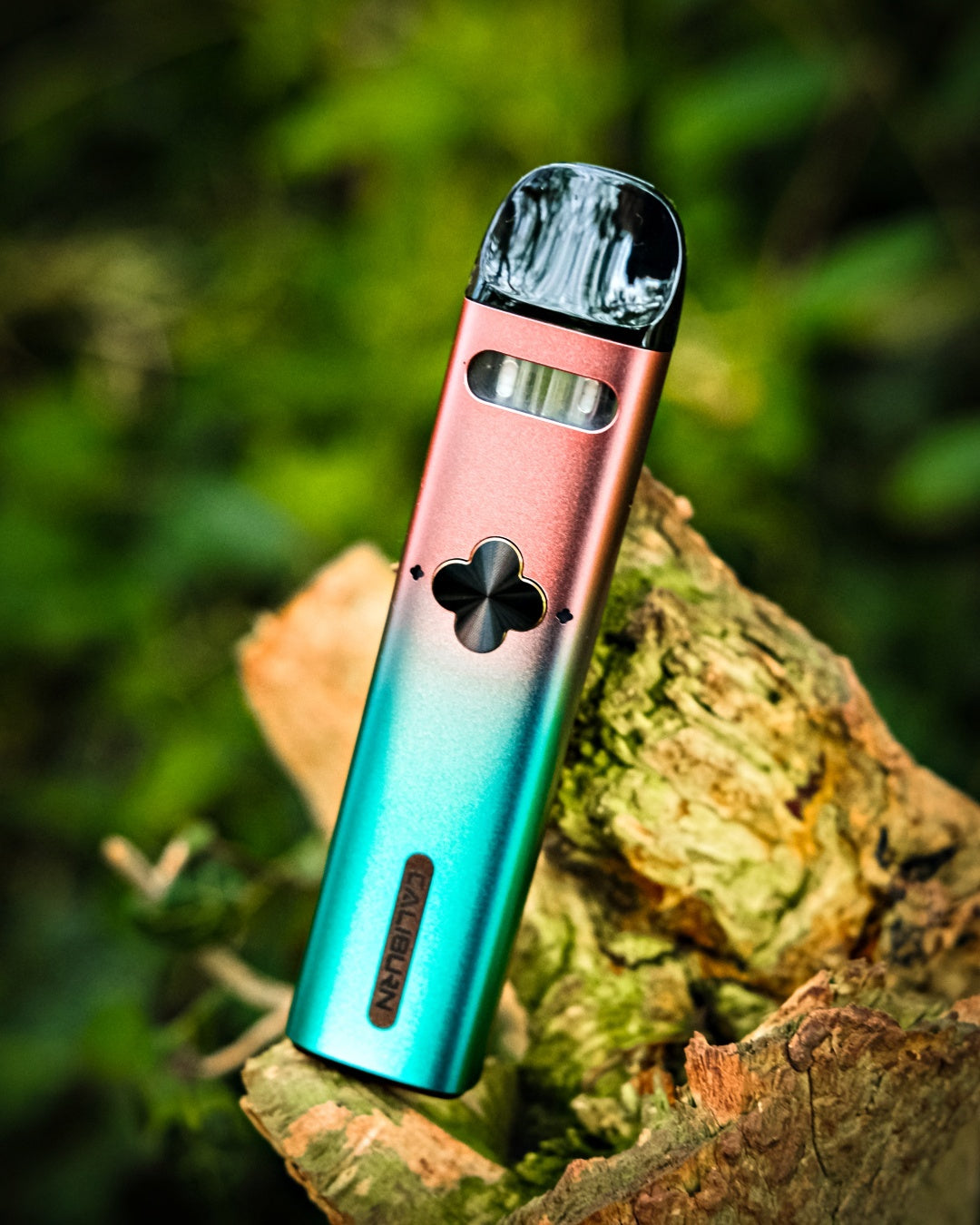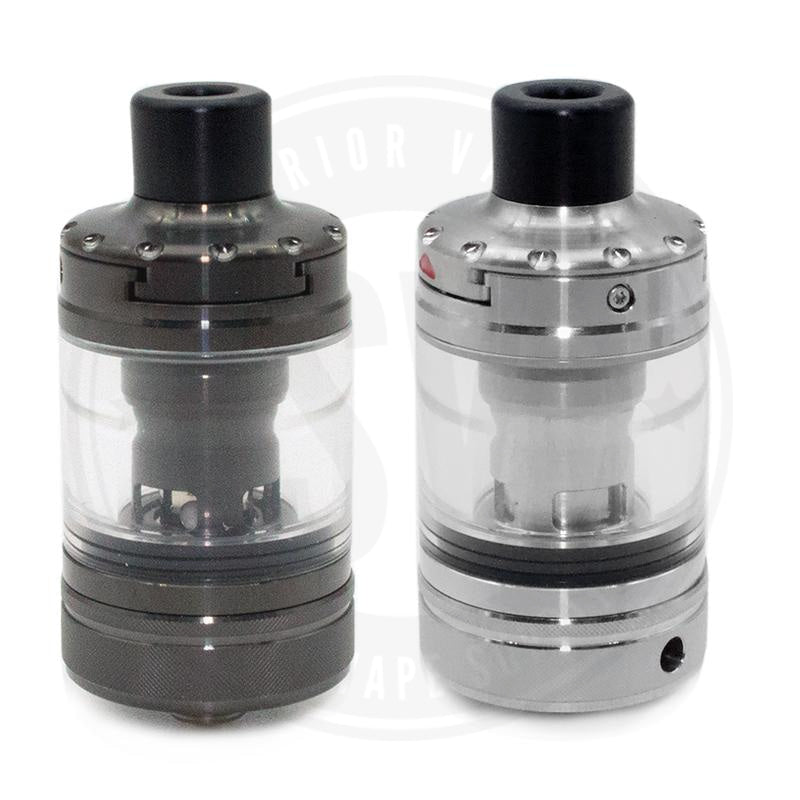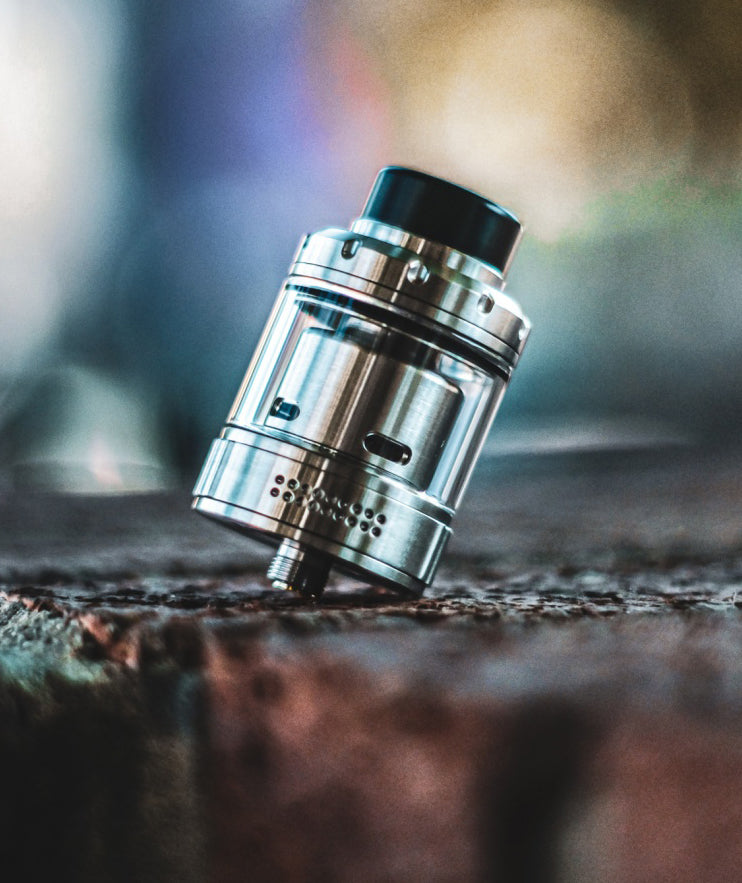In our last guide to coils, we gave you the lowdown on a basic introduction to coils, what they are, how they function and how they fit into your vaping experience.
This time, we’ll be looking a little more in-depth into coil maintenance, and how they’ll alter how and what you vape.
So now you know what coils are for, and you’re keen to cop that atomiser you’ve been eyeing up online. But there’s a lot more to coils than that.

Everything from the material the coil is made from, to the design of them can affect how you vape. So before you head out and buy the first set of the shelf, you might want to give this a read first.
When shopping for coils, there are two main factors you need to consider.
What is Your Coil Made Out Of?
Although you can get coils made out of more unique materials like ceramic, the majority of coils tend to be made out of one of three materials;
- Kanthal
- Stainless Steel
- Ni200 (Nickel)
The various properties of each material give them specific pros and cons in regards to particular types of vaping.
You can buy your coils premade, or buy vape wire in a wide variety of different thicknesses and metals if you are aiming for a specific build.
Kanthal
As kanthal wire can handle very high temperatures and holds a stable resistance, it is best used for vapes that function in wattage mode.
It’s easy to work with, available in many gauges to suit different build needs and usable with the majority of devices.
Whilst some users report a decline in the clarity of flavour over prolonged use, it generally retains flavour well, although it is reported to have a slight metallic taste when it is first installed.
It is also one of the least expensive materials to use.
Kanthals main con is that it has limited if any, functionality when it comes to temperature control, which can affect the taste and the amount of vapour produced.
Ni200
On the other hand, Ni200 is the standard wire for mods with temperature control. The changes in resistance during heating can be easily and accurately predicted, and due to this, Ni200 coils give a consistent vape in terms of flavour and performance.
However, Ni200 is known for being tricky to work with as the wire is not as malleable as others. It can also lose consistency if not built with the right amount of wicking and are prone to building up more gunk.
It’s important to note that Ni200 cannot be used in wattage modes.
Stainless steel
Stainless steel is a more versatile material than the previous two and can work in both wattage and temperature control modes.
Stainless steel wire holds its shape better and is often easier to work with than Ni200 wire for temperature coils. It also tends to last longer than kanthal coils.
Coils made out of stainless steel tend to heat up very quickly, delivering an instant hit and tends to also have a shorter breaking in period than kanthal. The taste of your ejuice comes through cleaner, earlier.
Despite being able to be used in both wattage and temperature mode, it does have limitations in each that the other two does not. It less consistent in wattage mode as the resistance fluctuates in heat, the performance also declines in a temperature setting when the wattage is unchangeable.
How is Your Coil Designed?
When we talk about coil design, we’re referring to whether your coil is vertical or horizontal.
Vertical Coils
Vertical coils are the new norm in stock coils. Standing upright and surrounded by a cotton wick, a vertical coil allows for a direct airflow, and the often large core diameters allow air to pass through quicker - heating your coils with better consistency.
By doing this, your coils are more evenly evaporating your e-liquid, giving you more consistent vapour and flavour. It also reduces the dry spots that can burn the wick.
Although the flavour is more consistent, it is arguable whether they produce more flavour than horizontal coils.
The smaller surface area of the inner diameter, where the liquid evaporates from, means that it is likely to produce less flavour than a horizontal coil. However, the popularity of vertical coils makes it a difficult comparison to make, and more often than not, it often depends entirely on preference.
RDA users prefer horizontal coils, whilst tank users often say vertical tastes better.
Horizontal Coils
Horizontal coils have fallen out of popularity in prebuilt coils, and it’s rare for DIY builders to use them either.
Horizontal coils are generally trickier to place correctly, due to the way airflow passes around them. And if they’re centred improperly, it can affect their performance.
One thing you have to watch out for in both coils is spitback.
Hot e-liquid spitting into your mouth isn’t ideal, to say the least, and both vertical and horizontal coils are prone to it. As spitting primarily occurs after firing, you can fire your vape a few seconds before putting it to your lips to combat it, or adjust the power up and down - dependent on what voltage your atomiser tends to spit at. Although this is not ideal for sub-ohm vapers or cloud chasers.
Outside of flavour, the other advantages and disadvantages of each are largely subjective. The variables between the different atomisers themselves in terms of coil placement, airflow and chimney diameter can all individually affect your vape.
As a general rule of thumb, however, horizontal coils will be warmer with marginally reduced airflow, and vertical coils cooler and easier to draw.
Vertical coils should, therefore, last longer as the better airflow keeps them cooler. Although a dual coil design far outpaces them in durability due to the shared workload.
How to Maintain Your Atomiser Coils
There are a number of factors that can determine the lifespan of your atomiser coil, such as:
- The acidity level of your e-liquid
- The VG content of your e-liquid
- The wattage and voltage level you are running through your atomiser coil
- How often you vape
Generally, the more of each, the quicker your vape will burn out.
For more information on how to maintain your mod and tank, read our guide here; https://www.superiorvapour.com/blogs/blog/how-to-clean-your-vape-tank-and-vape-mod
How Do You Know When Your Atomiser Coil is Burning Out?
There are several signs that may indicate your atomiser coil is giving up the ghost, although generally speaking the first thing to go is the vapour production.
Other classic indicators include:
- Leaking
- Gurgling noises
- Poor flavour, or a burnt taste
When a coil is worn out it will heat at the start to heat up less and less, producing less vapour.
Vapour production is often hard to detect at first, as the atomiser will progressively produce less vapour over time. However, as soon as the coil is replaced and the thick vapour clouds return, the difference will be very apparent.
Ultimately, if you don’t replace the coil it will eventually cease to heat up, and will be unable to produce any vapour and instead, when you take a drag, you’ll draw up liquid.
This leaking is often accompanied by gurgling noises. Where the coil cannot heat up the e-liquid at a fast enough pace, taking a drag results in the liquid also being drawn into the atomiser head.
A burnt taste can mean other things, including too much power running through your coil, or that there is insufficient liquid in your tank, but it is also a classic sign that your atomiser needs to be replaced. Over time, the wicking material within the atomiser that absorbs the liquid will begin to oversaturate and char. When this happens, the material will lose its ability to absorb liquid, resulting in drier hits.
If you experience any of these symptoms, you should replace your coil as soon as possible.
How Frequently Should I Replace My Coils?
It’s best not to leave it until one of the problem signs above begins to show to replace your coils, but knowing exactly when to replace them otherwise can be a tricky science.
Ultimately, how frequently you should replace your coils depends entirely on how frequently you vape.
The following guidelines are not set in stone, as a coil may last longer or die far sooner than you expect.
Heavy vapers will most likely need to replace their coils every 5-7 days.
Moderate vapers, by which we mean vapers that toke considerably through the day, but only a few drags at a time, will be able to keep coils for around two weeks.
If you vape heavily, you will most likely need to replace your coil every 5-7 days, whereas if you’re only a moderate vaper
Light vapers, taking sporadic hits throughout the day, will likely not need to change their coils until 3 or more weeks.
For more Vaping 101 check out our blog for more guides and articles on the who, what and why of vaping.
Alternatively, give us a ring on 01179 669309, or, better yet, if you’re a Bristol local, stop by our store on East Street (BS3) and chat to one of our super friendly team members.




















